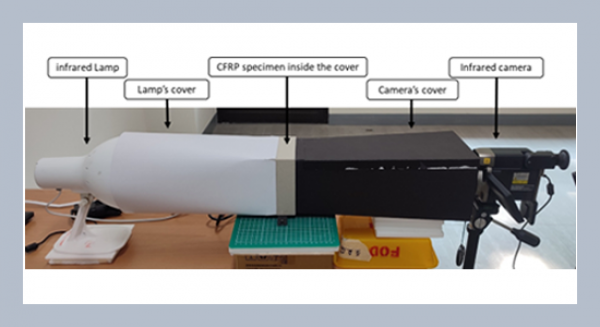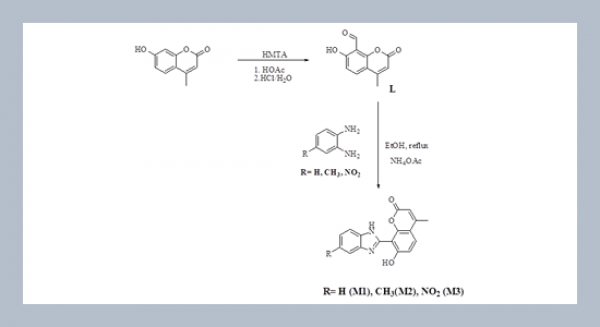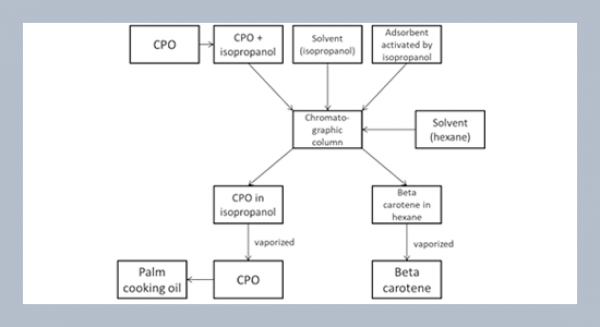Horng-Chyi Horng* Department of Industrial Engineering and Management, Chaoyang University of Technology, Wufong, Taichung 41349, Taiwan, R.O.C.
Download Citation:
|
Download PDF
Unlike implemented in other production systems, dispatching in an open shop notonly takes into account the job priority at each machine but also the selection of the next machinefor any jobs leaving the current machine. The control mechanism for scheduling in an openshop can be utilized by a dispatching rule-pair that consists of a machine-selection rule and ajob-dispatching rule. This study conducts a steady-state simulation comparison on the performanceof 39 dispatching rule-pairs in open shops. We find that using NINQ as the machine-selection rule can minimize the mean flowtime of jobs while using LINQ as the machine-selection rule can minimize mean tardiness of jobs for most cases. The choice of the bestdispatching rule-pair depends on the selected performance criterion as well as the system’s configurationssuch as utilization factor, number of machines, and processing time distribution ofjobs. Finally, under similar system configurations, the best job-dispatching rule in an open shopis different from that of a job shop.ABSTRACT
Keywords:
Open shops; Steady-state Simulation; Dispatching Rules.
Share this article with your colleagues
[1] Hunsucker, J. L. and Shah, J. R. 1994.Comparative performance analysis of priorityrules in a constrained flow shop withmultiple processors environment, EuropeanJournal of Operational Research, 72:102-114.REFERENCES
[2] Sarper, H. and Henry, M. 1996. Combinationalevaluation of six dispatching rulesin a dynamic two-machine flow shop,Omega, 24, 1: 73-81.
[3] Barrett, R. and Kadipasaoglu, S. N. 1990.Evaluation of dispatching rules in a dynamicflow shop, Production and InventoryManagement Journal, 31, 1: 54-58.
[4] Rajendran, C. and Holthaus, O. 1999. Acomparative study of dispatching rules indynamic flow shops and job shops,European Journal of Operational Research,116: 156-170.
[5] Ramasesh, R. 1990. Dynamic job shopscheduling: a survey of simulation research,Omega, 18, 1: 43-57.
[6] Waikar, A. M., Sarker, B. R. and Lal, A. M.1995. A comparative study of some prioritydispatching rules under different jobshop loads, Production Planning andControl, 6, 4: 301-310.
[7] Holthaus, O. 1997. Design of efficient jobshop scheduling rules, Computers andIndustrial Engineering, 33, 1/2: 249-252.
[8] Raghu, T. S. and Rajendran, C. 1993. Anefficient dynamic dispatching rule forscheduling in a job shop, InternationalJournal of Production Economics, 32:301-313.
[9] Holthaus, O. and Rajendran, C. 1997. Efficientdispatching rules for scheduling ina job shop, International Journal of ProductionEconomics, 48: 87-105.
[10] Holthaus, O. and Rajendran, C. 2000. Efficientjobshop dispatching rules: furtherdevelopments, Production Planning andControl, 11, 2: 171-178.
[11] Liu, K. C. 1998. Dispatching rules forstochastic finite capacity scheduling,Computers and Industrial Engineering,35, 1: 113-116.
[12] Gonzalez, T. and Sahni, S. 1976. Openshop scheduling to minimizing finish time, Journal of the ACM, 23: 665-679.
[13] Barker, K. R. and Kanet, J. J. 1983. Jobshop scheduling with modified due dates,Journal of Operations Management, 4, 1:11-22.
[14] Jayamohan, M. S. and Rajendran, C. 2000.New dispatching rules for shop scheduling:a step forward, International Journalof Production Research, 38, 3: 563-586.
[15] Kher, H. V. and Fry, T. D. 2001. Labourflexibility and assignment policies in ajob shop having incommensurable objectives,International Journal of ProductionResearch, 39, 11: 2295-2311.
[16] Law, A. M. and Kelton, W. D. 1991.Simulation Modeling and Analysis,McGraw-Hill, New York.
[17] Kelton, W. D., Sadowski, R. P., andSadowski, D. A. 2002. “Simulation withArena” (2nd Edition), McGraw-Hill, NewYork.
[18] Sue, T. W. and Liaw. C. H. 1999. Minimizingthe total weighted flowtime forthe open shop scheduling problem, Proceedingsof the Chinese Institute of IndustrialEngineers-National Conference(CD-ROM).
ARTICLE INFORMATION
Available Online:
2006-12-03
Horng, H.-C., 2006. Comparing Steady-state performance of dispatching Rule-pairs in open shops. International Journal of Applied Science and Engineering, 4, 3, https://doi.org/10.6703/IJASE.2006.4(3).259
Cite this article:















